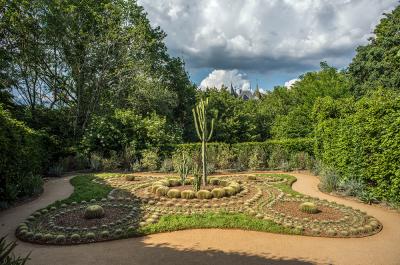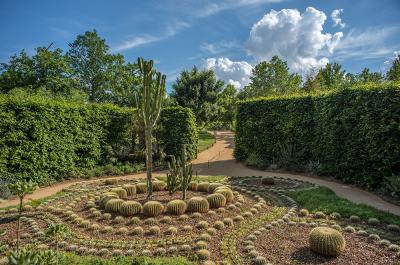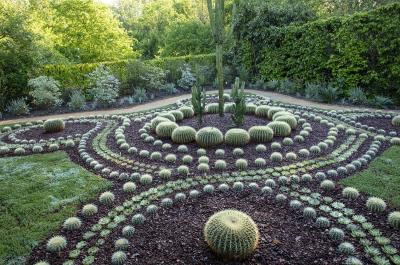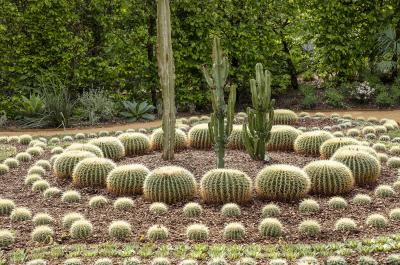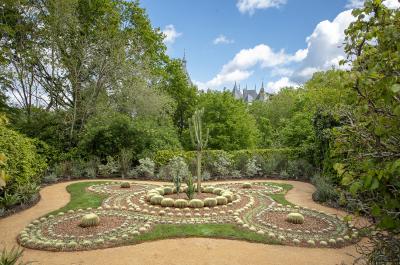04bis. Mosaïque mimétique
Mimetic mosaic
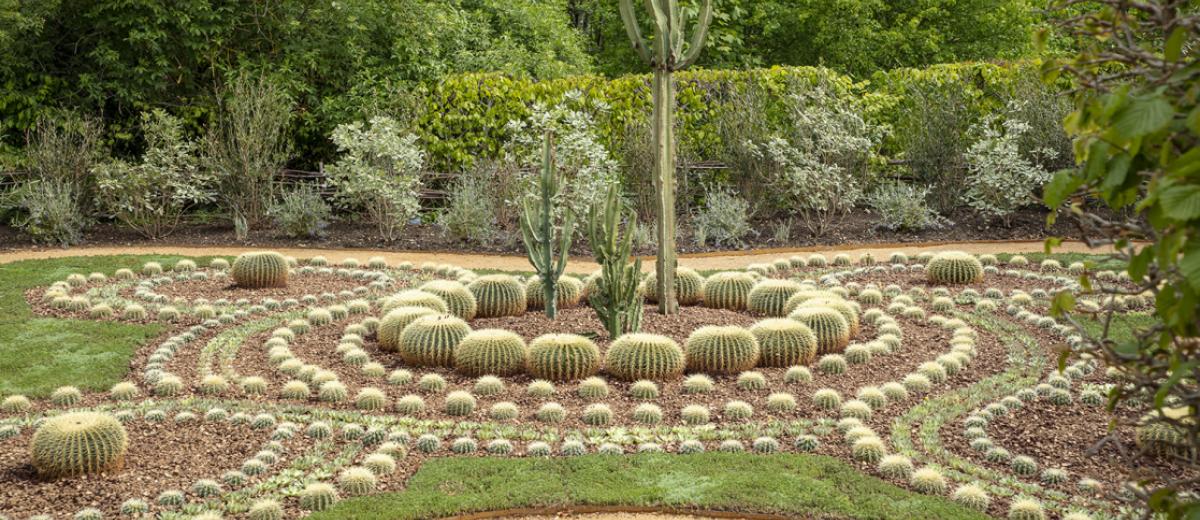
The leaf from a tree, a fern, the structure of a snowflake, the shape of broccoli, the mountains, the seaside coastline, sea sponges, brain neurons, blood vessels are just some examples of what can be referred to as “fractals”. They are strange, irregular and complex curves which exhibit self-similarity across different scales - much like multi-stage structures - and are recursive, meaning they have the power to repeat themselves in a theoretically endless loop. Nature is full of examples of these and mankind has taken inspiration from them, from these “fragmented” (Latin root word fractus) shapes, to create in a number of artistic fields such as music, painting and architecture. We can find examples of architecture based on the fractal principle and created spontaneously for a local culture on all continents of the world.
Famous mathematician Benoît Mandelbrot (1924-2010) developed a mathematical model in the 1970s whereby broken or complex shapes, similar to those found in nature, could be created using functions and iterations. Where Euclidean geometry, with its notions of angles, planes, length, area, etc. can only precisely describe smooth and straight human constructions, fractal geometry can really explain our most important source of inspiration, which is nature, and, using mathematics, these natural shapes can be reproduced. As an example, the Fibonacci Sequence, linked to the golden ratio, is a well-known mathematical sequence in which a number is the sum of the two previous numbers, and so on.
